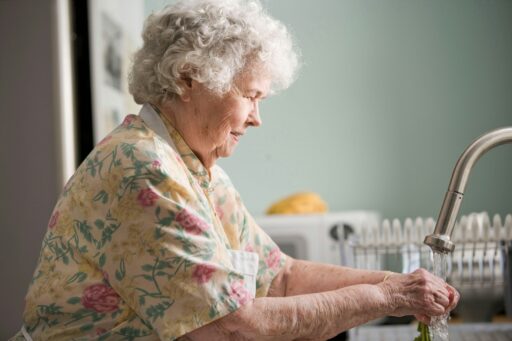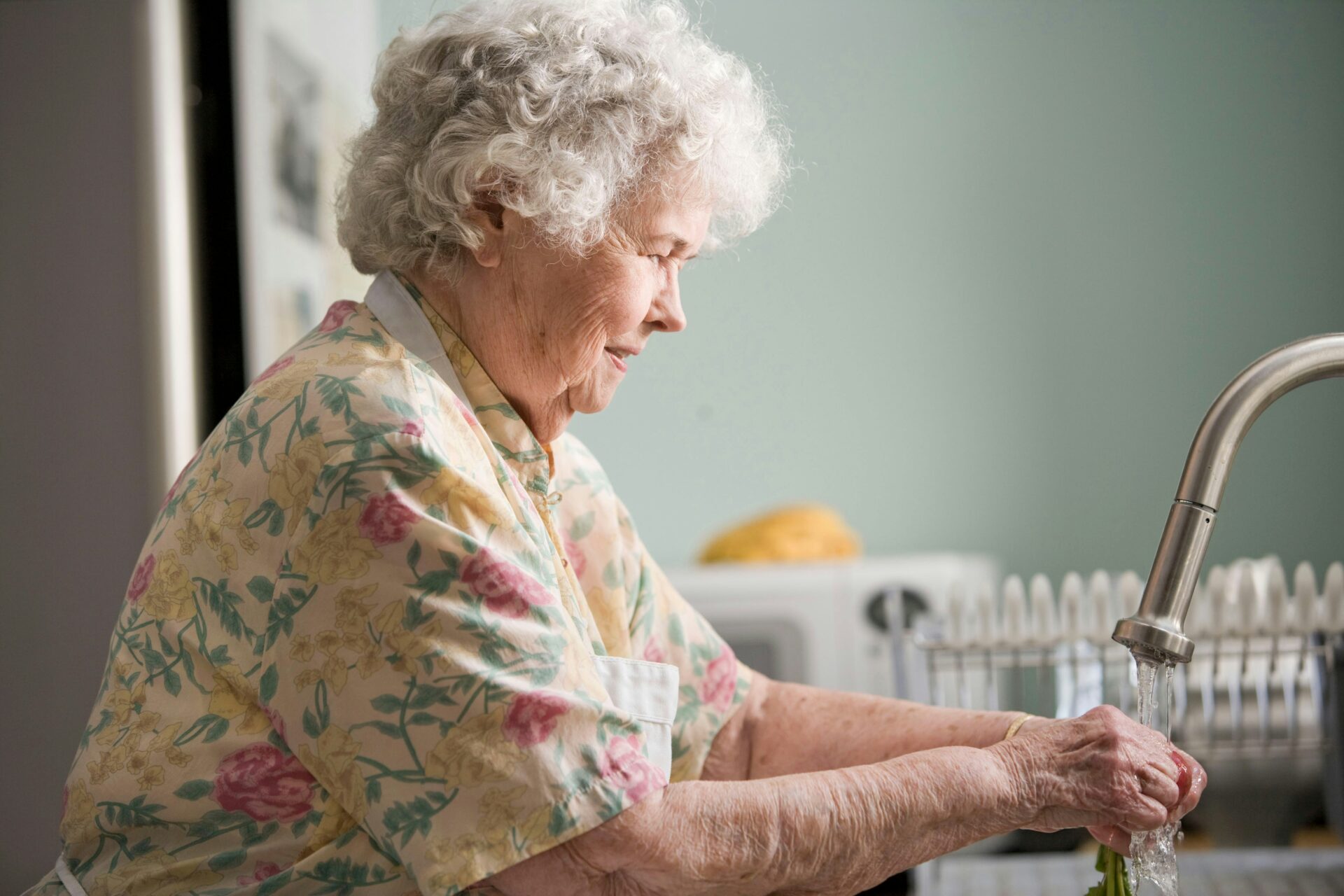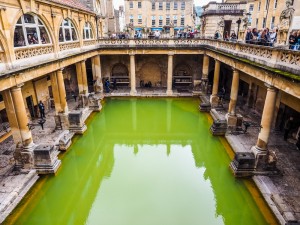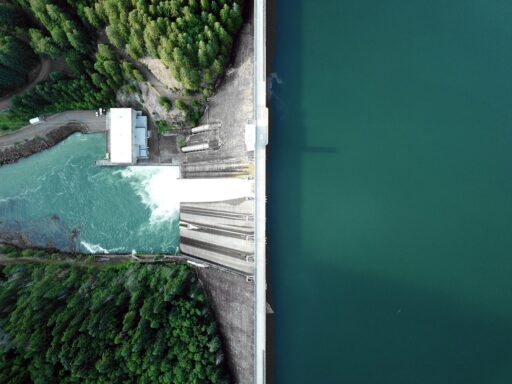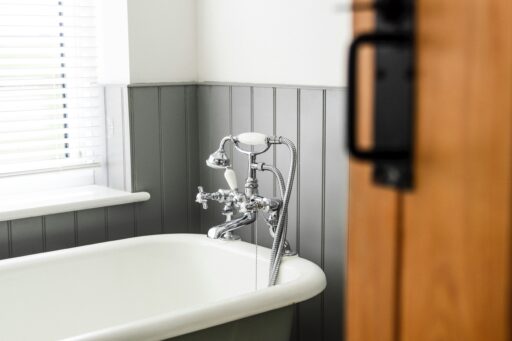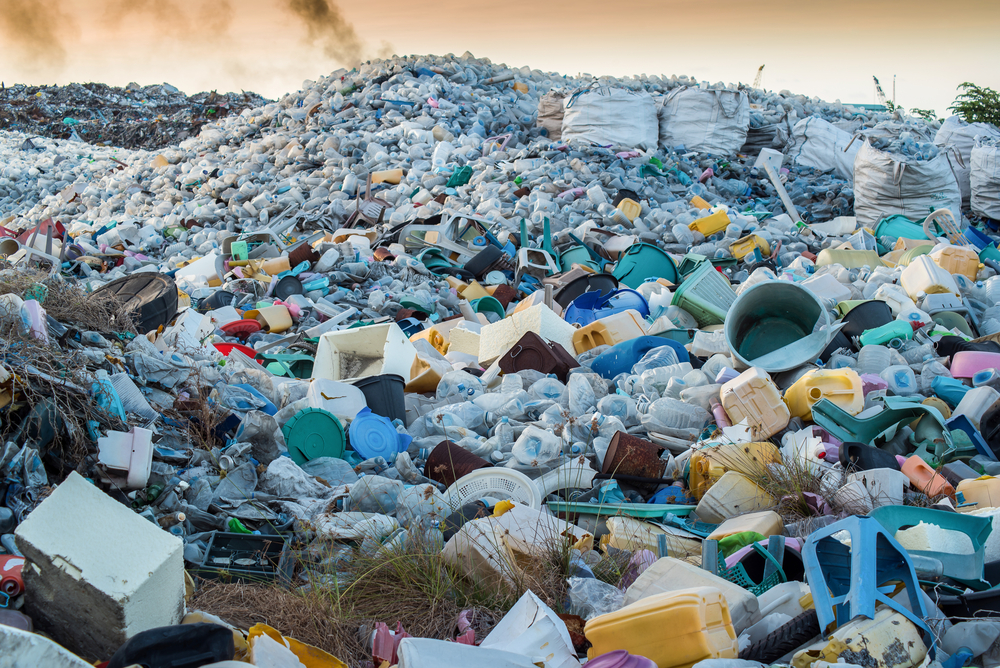Today, we almost take our instant access to steaming jets of hot water at the flick of a switch for granted. Many of us forget the technological advances that have occurred over the past millennia that have morphed and evolved into the likes of the Stuart Turner showermate that we have today. Some of our ancestors braved waterfalls whilst others went months or even years without washing at all. Of course, bathing practices varied wildly across the planet as social and cultural factors dictated. To enlighten you on how human washing habits have changed over the years, we have put together this quick history of hygiene.
Ancient Egypt
The Ancient Egyptians were known to have used a substance called natron for bathing. A kind of naturally occurring soda ash that, when combined with oil, made a primitive version of soap. Besides using natron regularly, esteemed members of Ancient Egyptian society had their servants pour jugs of cold water over them in order to maintain a sense of cleanliness.
Ancient Rome
The Ancient Romans are famous for the aqueducts they instituted across their lands to supply the bathhouses that were a feature of every city. It was commonplace for Romans to attend the bathhouses not only to wash, but also to socialise. Thermae, large imperial bath complexes, and balneae, their smaller-scale equivalents, generally contained a caldarium (hot bath) a tepidarium (warm heated room) and a frigidarium (cold bath) as well as a gymnasium, a library and areas to eat and drink. Although soap was still strictly a luxury good for the Romans, it was common for men to apply oils to their bodies before bathing.
The Middle Ages
During the late Middle Ages, hygiene declined as a priority for society for a number of reasons. Public bathhouses became rife with prostitution, and consequently became seen as a place of sin and a place to be avoided. The rise of linen clothing, which was easier to wash than their woolen predecessors, made it easier for people to wash only their face, hands and neck to retain an illusion of cleanliness. Laundry rather than bathing became a weekly routine as perceived cleanliness was supposed to reflect not only the soul of an individual, but also their social status.
18th and 19th century
1767 saw the first patent for a shower by William Feetham from Ludgate Hill in London. Although the earliest showers required a hand pump for use, they were more popular than baths because the servants had less water to carry away. In the mid-nineteenth century the increased prevalence of indoor plumbing and the mass production of soap made washing far easier and far more regular.
20th century
Tank-less water heaters developed during the 20th century and they became popular for their ability to provide an instant supply of hot water. By the time the 1990s rolled around, 62% of all households in the UK had a shower and there was the choice between an electric shower, a mixer shower and a power shower.
Today
Today, 86% of all households in the UK have a shower, and we are fortunate enough to have access to whatever pressure and temperature we desire.

